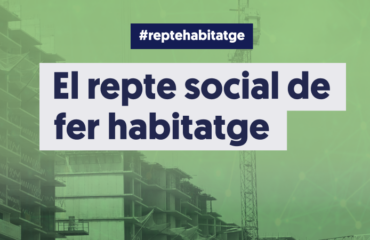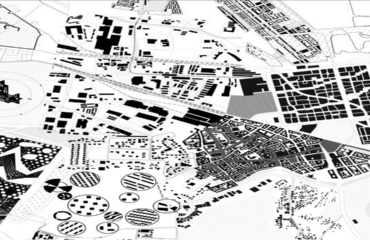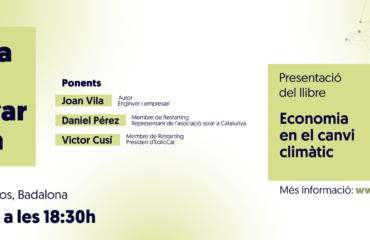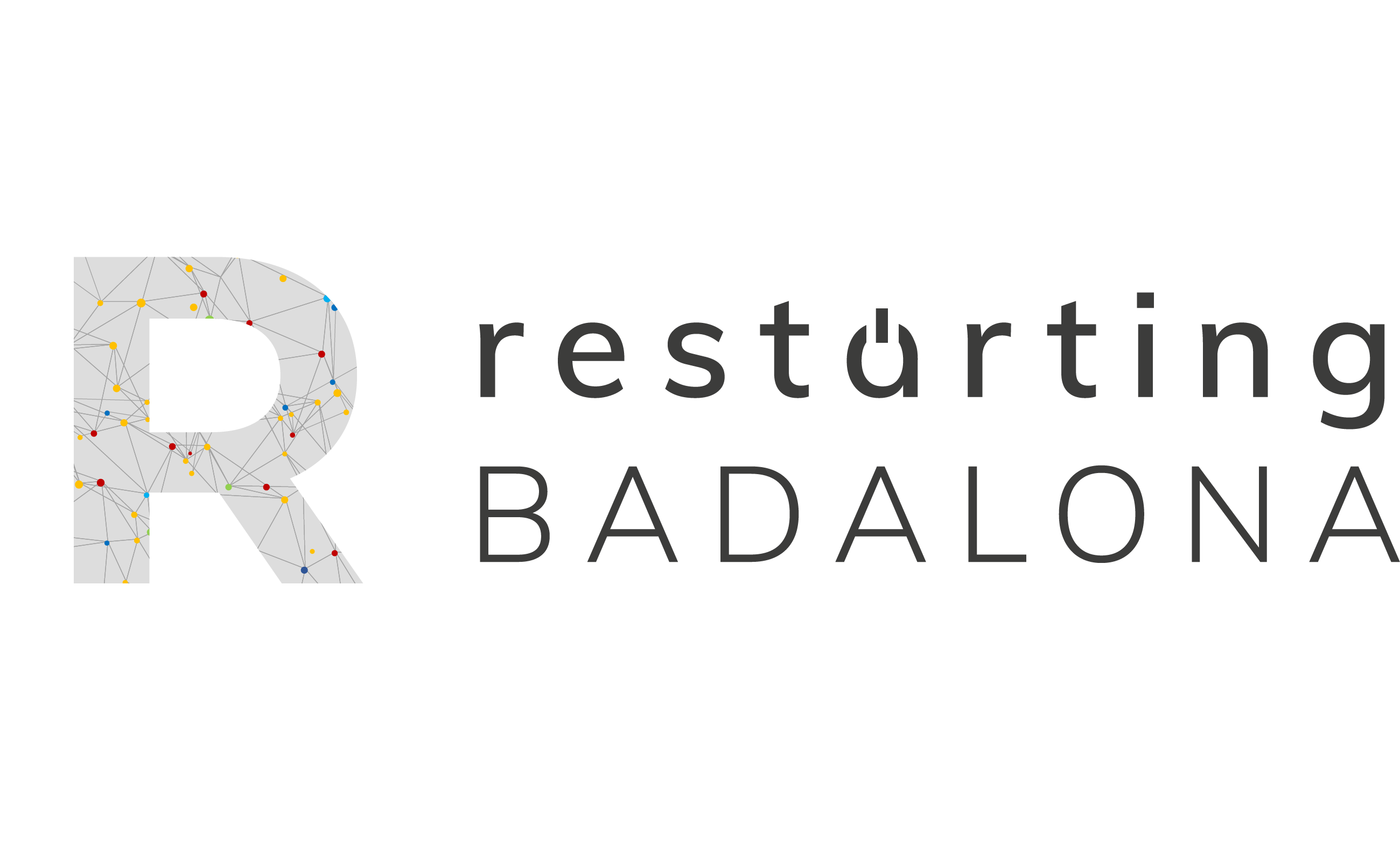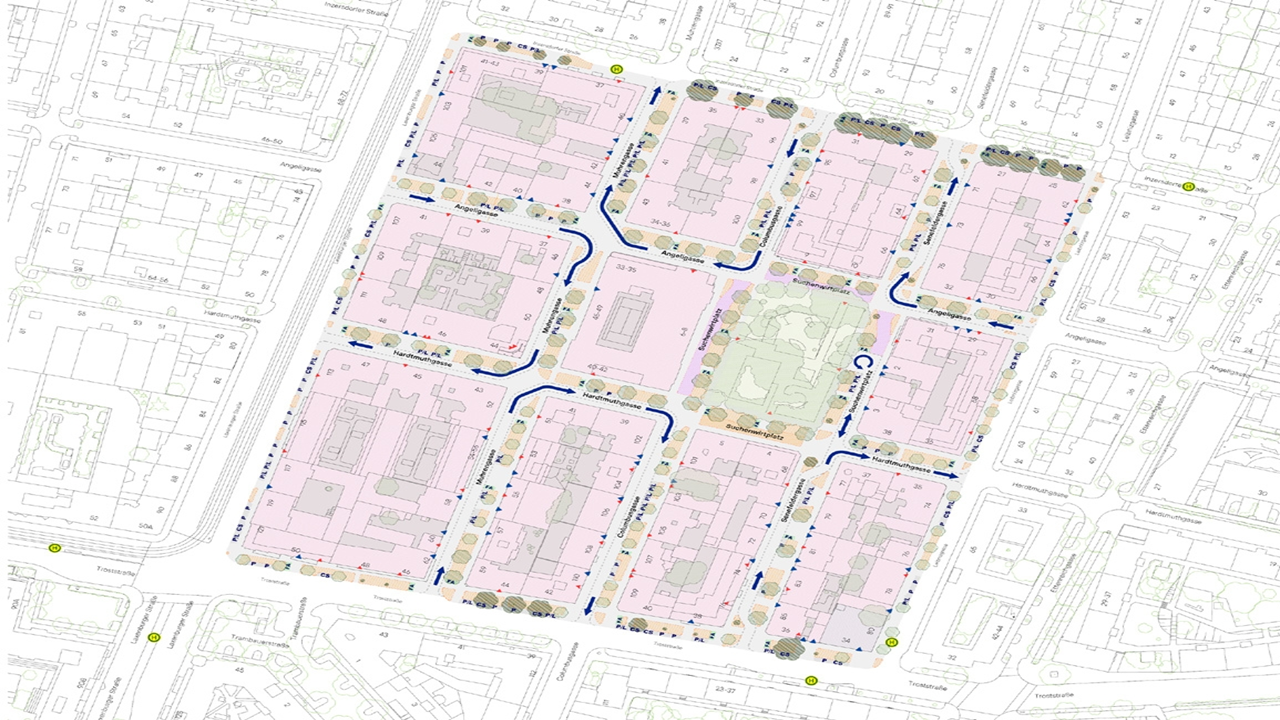
Supermanzana means the conversion of an urban space where the private vehicle predominated to a space where the pedestrian predominates. It is a natural evolution of what in the 80s and 90s were the first pedestrianizations of the historic centers of many cities in the country.
In the same way that at that time the possibility of not being able to reach certain city streets by car meant a profound change in the traditional dynamics of mobility in certain neighbourhoods, today no one doubts that those actions were optimal for the quality of life for neighbors and visitors. It is true that they could have had an impact on traditional commerce, but it is no less so that traditional commerce has experienced many revolutions –in the form of new sales formats– that it has been overcoming, exerting that in which only what is close is unbeatable: the treatment to the client.
The superblocks, then, are the continuation of a lot of work done and represent the search for quality of life in the neighbourhoods: on foot, with more green spaces, less noise and less fumes. They cannot be done, however, without spending money to accommodate those who will have to change their habits. I am talking about public transport and shared or individual private transport and, therefore, of stations and infrastructures that provide sufficient service to those who will use the city in a new way. Nor can they be carried out without investing in technology that adapts the distribution of goods to the new reality. It is useless to pedestrianize a space or make it restricted to private vehicles if delivery vehicles then enter, leave, park or move in any way. Ordering this last mile with technical criteria and pragmatism requires high capacities for understanding and low doses of dogmatism.
Is there an alternative –that can be valued by the neighbors– better than making them protagonists of their environment?
Barcelona, with Xavier Trias and now, has a project to deploy neighborhood coexistence based on the prevalence of pedestrians and the generation of quality urban spaces. There are complaints, and there will be, but for those who complain there is only one question: is there an alternative –that can be valued by the neighbors– better than making them protagonists of their environment? My impression is that there isn’t. It is clear that it is necessary to apply the measures with trace, humility, common sense and good sense. It is clear that we must protect those who may be most harmed. But I do not see a better alternative than achieving cities that can be pedaled, with a shared personal mobility offer, electric recharging points, organization and facilities for last-mile delivery, and the creation of green spaces – very green – that turn our neighborhoods into extensions of our house.
Badalona made a commitment to pedestrianization for its Center, which with the birth of two dissuasive car parks and other measures is still incomplete. Investment, maintenance and technology have been lacking to make it a resounding success. But he not only did it in the Center, he also promoted it in Llefià, around Floridablanca street, with a generation of pacified urban fabric that has not been sufficiently explained and that is also incomplete.
These weeks, the social networks of the city show us many images of the indiscipline generated by not having invested enough in the “superblocks” of Badalona. But there are many residents who, from the Sant Josep stream to the Canyadó stream, would be willing to turn their neighborhoods into these blocks where street life prevails. They distrust, yes, those in charge of carrying them out. An ambitious action cannot even be proposed without being clear about its execution, the deadlines, the budget and the information processes that would be needed to make it a reality. Embarking on a profound change, knowing that we are a city that is lazy about large urban transformation projects, does not invite you to actively support it. But in the large center, and in many other neighborhoods, from La Morera to certain parts of Llefià, a shared commitment to the “superblock Badalona” would be great news for this 2022.
It is not only that there is a favorable social base to work on an ambitious commitment, it is that it has become an obligation since the creation of “urban areas with a protected atmosphere”. But I am more seduced by the idea of doing things because we are convinced. However, in Badalona we already have people working on this path, which began many years ago and we should neither make up with four incomplete actions nor freeze while the major European cities walk in this direction.
Ferran Falcó, president of the Restarting Badalona association
